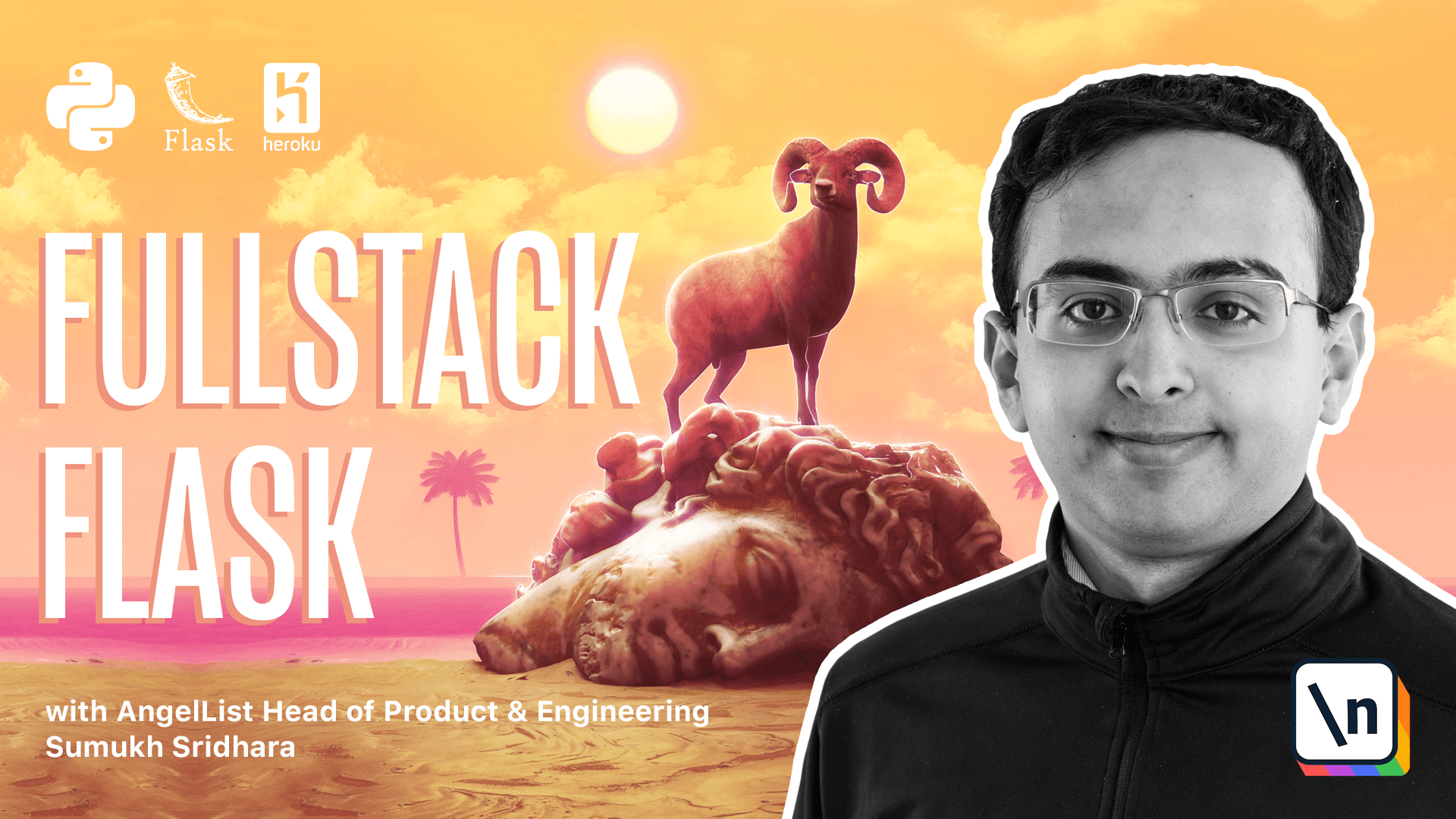Intro to Fullstack Flask
Intro
👩💻 Get access to the Fullstack Flask source code - here.
📚 Get access to the Fullstack Flask Manuscript in PDF form - here.
This course’s mission
By the end of this course, you should be able to create full stack SaaS (Software as a Service) applications using Flask.
Flask is often touted as a framework that's easy to pick up, and most of the learning material out there focuses on building simple applications and often doesn't pay attention to the components required to building maintainable large Flask applications. Our goal in this course is to take an example driven approach to building maintainable Flask web applications.
What is Flask?
Flask is an open source "micro-framework" written by Armin Ronacher to build web applications in Python. It is referred to as a micro-framework because it only ships a small core set of features and provides an extensible base that allows developers to choose what additional tools they will need for their application.
Flask developers love using Flask for it's low learning curve, flexibility, and vibrant extension support.
When would you want to use Flask?
Despite being called a micro-framework, Flask is well suited to build both small and large web applications. Flask has been used in production systems by large companies such as Twilio, Pinterest, Lyft, LinkedIn, and Uber.
This lesson preview is part of the Fullstack Flask: Build a Complete SaaS App with Flask course and can be unlocked immediately with a single-time purchase. Already have access to this course? Log in here.
Get unlimited access to Fullstack Flask: Build a Complete SaaS App with Flask with a single-time purchase.

[00:00 - 00:17] Welcome to the full stack Flaskware Square, where building SAS applications were Python and Flask. In this course, we're going to cover the basics of how to structure Flask applications and how to build a larger Flask application.
[00:18 - 00:24] Throughout the way, the course is going to be project based and hands on. So it would be best if you follow along.
[00:25 - 00:38] You can also watch the videos and try and pick up the gist of it. But generally speaking, it will be best if you follow along and play around with the actual implementation we do.
[00:39 - 00:54] By the end of the second part, you'll have built an application that's similar to Gumroad in that it provides a storefront and a billing integration to actually build users. Now to build a full SAS application, we're going to need to go a little further than that.
[00:55 - 01:16] So instead of going into every little detail, because there's a lot, we instead will give you a boilerplate application, which gives you all the things you need to start with building your SAS application. With your foundation from part one and part two of this course, you'll be able to work with this boilerplate application to build your own SAS applications.
[01:17 - 01:24] If you have questions or comments, feel free to address them in the discussion. All right, let's get started.
[01:25 - 01:26] (upbeat music)